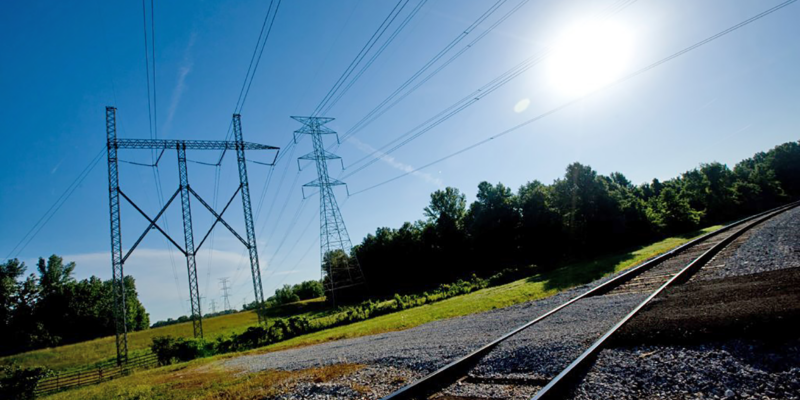
Jan Ahlen joined CFC last summer as vice president of utility research and policy, bringing years of experience in federal relations, business and new technologies to the job. Prior to joining CFC, Ahlen was the director of energy solutions for NRECA where he led initiatives on distributed generation, energy storage and microgrids as well as managed research projects, delivered strategic advice to cooperatives and served as liaison to outside stakeholder groups.
“It’s a fascinating time to be in the utility industry, and electric cooperatives are poised to continue to thrive in the emerging technology environment,” Ahlen said. “My goal for my function is to ensure we listen to the needs of our members and deliver content and products that are relevant, timely and directly address their needs.”
Ahlen has been traveling to electric cooperative statewide and national events where he shares his unique perspectives on emerging technologies and federal policies. He recently led a conversation at a NEXT Conference breakout session in Indian Wells, California, where panelists discussed key technologies impacting the relationship between electric cooperatives and their key accounts.
“Through my conversations with members, research and analysis, we believe the top three emerging technology trends that could affect electric cooperatives are shifting power generation resources, battery storage and electric vehicle adoption,” Ahlen said. “Electric cooperatives should be prepared for the increased pace of change in power generation, improved economics of battery storage systems and switch to EVs from internal combustion vehicles.”
Ahlen explained these emerging trends are being driven by the quick pace of technology innovation, empowered consumers and public policy. “The speed in change for the industry will only accelerate as new technology scales to become less expensive, consumers adopt new home technologies and automation to meet their evolving energy needs as well as when new federal, state and local laws are passed.”
Power Generation Fuel Mix Changing Quickly
The U.S. electricity generation mix has been in transition to replace coal generation with natural gas, wind and solar energy. Industry experts project that U.S. wind and solar generation will pass nuclear generation by 2030 and 2033, respectively, and coal generation will continue its steady decline. The projected pace for coal plant retirements has increased each year with nearly 160,000 GW of capacity expected to come offline by 2030.
“The key drivers to the growing role of renewable generation are favorable economics, improving technology, public policy and market demand,” Ahlen said. “Electric cooperative renewable energy generation is expected to grow by more than 6 GW from 2020 to 2024 with solar and wind driving the growth.”
Utility-Scale Battery Systems Have Become More Affordable
The cost of utility-scale battery systems have declined in recent years. The total cost for a 5 MW, 20 MWh distribution utility-scale battery energy storage system went down by more than 25 percent from 2016 to 2020 and reached $1,555/kW and $389/kWh according to industry experts. According to CFC internal analysis, four-hour battery energy storage systems can have a return on investment in as little as five years.
“EIA expects 10 GW of large-scale battery storage to be installed between 2021 and 2023—10 times the total amount of maximum power delivery capacity by all battery systems in 2019,” Ahlen said. “Energy storage will play an important role in enabling power grids to be more flexible and resilient. Utility-scale and co-located solar storage installations are expected to increase over the next four years.”
All-Electric Vehicle Sales to Pass Vehicles with Internal Combustion Engines by 2035
Industry experts expect all-electric vehicles to be the majority of U.S. new auto purchases by 2035, although adoption will vary greatly by state and region. The pace of change is expected to be driven by when major auto manufactures complete their transition to all-electric model lineups. Chrysler announced plans to go all-electric by 2028, General Motors committed to an all-electric lineup by 2035 and Honda announced it’ll go all-electric by 2040.
“EV pickup trucks are a game changer and have the potential to accelerate the EV transition,” Ahlen explained. “Electric cooperatives should prepare for the coming transition to EVs as our own internal analysis expects average U.S. household electricity consumption to increase 25 percent by 2040—mainly due to EV charging.”
The Infrastructure Investment and Jobs Act was signed into law last November and outlines $1.2 trillion in spending over the next eight years. The law includes more than $65 billion for power infrastructure and $65 billion to improve high-speed internet access and affordability.
“The infrastructure funds will be used to enhance the electricity grid and improve power resiliency,” Ahlen said. “The bulk of the broadband funds are slated to go to states as grants.”
